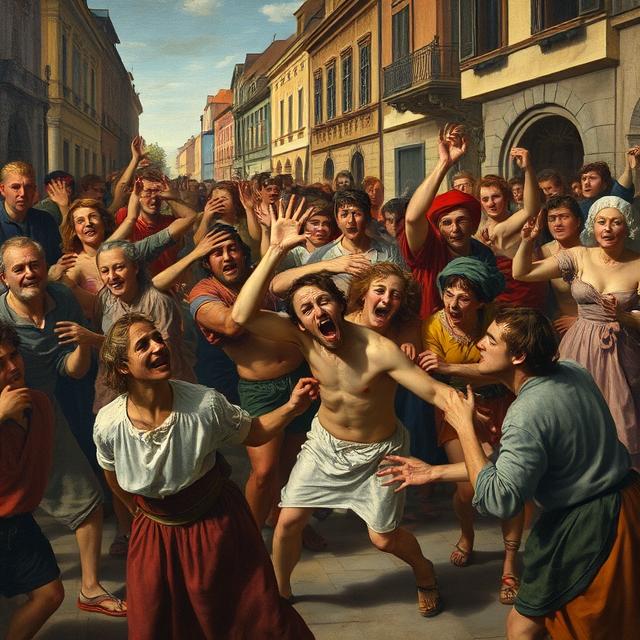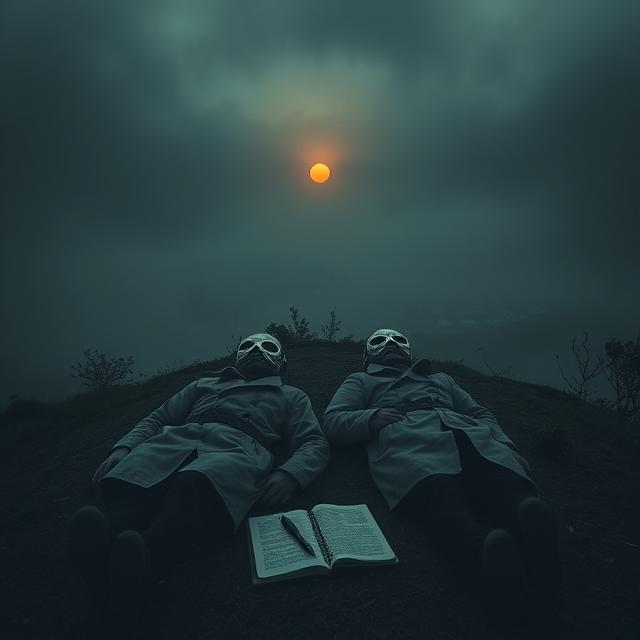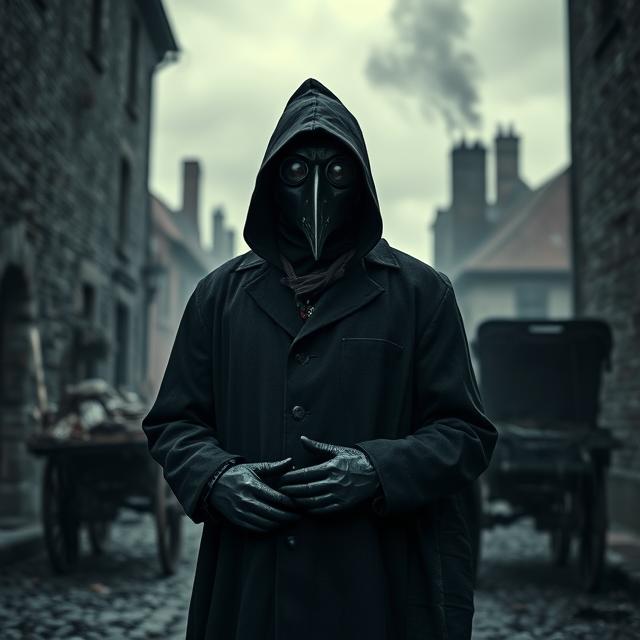The Dancing Plague of 1518 began with a single woman. In the midst of the hot summer, Frau Troffea suddenly stepped out into the street and began to dance. She didn’t seem joyful or celebratory; her movements were convulsive and frantic. What started with one soon escalated. Within a week, dozens more people in Strasbourg were seized by the same uncontrollable urge to dance. Men, women, and children joined the frenzied throng, their feet pounding the cobblestones, their bodies swaying and twitching in a seemingly endless and exhausting performance.
The authorities and the local populace were bewildered. Their initial reaction, influenced by the prevailing beliefs of the time, leaned towards the supernatural. Physicians and magistrates concluded that the dancing was likely the result of a “hot blood” disease or perhaps even a divine punishment. The idea of demonic possession was also prominent in the religious context of the era.
In a truly bizarre attempt to cure the afflicted, the city officials, seemingly on the advice of local physicians, decided to encourage the dancing. They believed that the only way to rid the dancers of this strange malady was to allow them to “dance it out.” Guild halls were opened, stages were erected, and even musicians were hired to provide a continuous soundtrack for the relentless jig. The logic was that by keeping the dancers moving, they would eventually tire themselves out and recover.
However, this approach had the opposite effect. The continuous exertion, coupled with dehydration and exhaustion, began to take a deadly toll. People collapsed from fatigue, some even dying from heart attack, stroke, or sheer physical depletion. The spectacle, intended as a cure, became a macabre dance of death.
Historical accounts vary on the exact number of those affected and the duration of the dancing. Some estimates suggest that as many as 400 people were afflicted, and the dancing continued for weeks, even months, before inexplicably subsiding in the autumn.
The sheer strangeness of the Dancing Plague has led to numerous theories attempting to explain its cause, moving beyond the initial supernatural interpretations.
One of the most prominent modern theories centers on a phenomenon known as mass psychogenic illness (MPI), also referred to as mass hysteria. MPI occurs when a group of people, often under conditions of stress and anxiety, develop similar physical symptoms that have no organic cause. The power of suggestion and social contagion can play a significant role in the onset and spread of these symptoms.
Strasbourg in 1518 was a city facing considerable hardship. Famine and disease were prevalent, and social anxieties were high. This environment of stress could have made the population more susceptible to a collective psychological breakdown. The sight of Frau Troffea dancing might have acted as a trigger, with others, already in a heightened state of anxiety, unconsciously mimicking her behavior. The encouragement by authorities and the continuous music could have inadvertently reinforced the behavior, turning it into a prolonged and deadly episode.
Another influential theory, proposed by historian John Waller, suggests that the dancing was a result of ergot poisoning. Ergot is a fungus that grows on rye and other grains, and its consumption can lead to a condition known as St. Anthony’s Fire, characterized by convulsions, hallucinations, and even death. Waller argued that the symptoms described in historical accounts, while primarily focused on dancing, could align with some neurological effects of ergot poisoning. However, this theory has faced criticism, as ergot poisoning typically involves hallucinations and gastrointestinal distress, which are not prominently mentioned in the descriptions of the Dancing Plague. Furthermore, ergot poisoning usually affects individuals who have consumed contaminated food, not a sudden onset of synchronized dancing in a large group.
A more nuanced perspective suggests a combination of factors. The high levels of stress and anxiety in Strasbourg could have created a fertile ground for a psychogenic illness. However, the specific manifestation of this illness as uncontrollable dancing might have been shaped by pre-existing cultural beliefs and rituals.
In the medieval period, dancing was not always associated with joy. There were historical precedents for dance manias, often linked to religious fervor or perceived divine or demonic influence. The idea of being compelled to dance by a supernatural force was not entirely alien to the people of 16th-century Europe.
The case of the Dancing Plague of 1518 serves as a fascinating example of how societal beliefs and psychological states can intertwine to produce truly bizarre events. While a purely supernatural explanation is largely dismissed by modern science, the exact combination of factors that led to this mass dancing frenzy remains a subject of debate. The event stands as a stark reminder of the power of the human mind, the influence of social contagion, and the ways in which our understanding of illness and behavior has evolved over centuries. The cobblestone streets of Strasbourg in 1518 bore witness to a truly strange and unsettling spectacle, a dance between the explainable and the inexplicable that continues to intrigue and baffle us today.
Want to explore the shadows even deeper? For more chilling cases like this, visit SinisterArchive.com, where the legends are real.




